How Much Does It Cost to Stain a Deck? A Comprehensive Guide
Advertisement
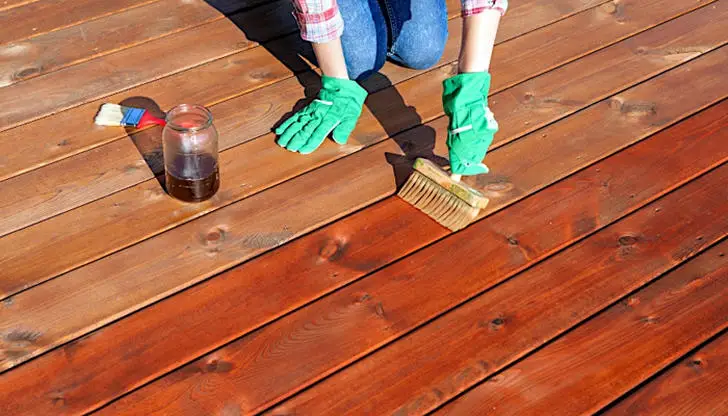
A deck offers the perfect spot to unwind and host gatherings, but like any cherished part of your home, it needs some care to stay in top shape. This care involves a critical step: staining. Staining not only boosts its visual appeal but also shields it from weather and daily use.
If you're pondering the cost of staining your deck, worry not – you're in the right place. This guide will break down the factors that influence the cost, ensuring you're well-equipped to make informed decisions for your outdoor haven. From your deck's size to the type of stain, we'll dig into the details so you can confidently plan your deck staining project. Let's jump in and discover the ins and outs!
Factors Affecting Deck Staining Costs:
Deck Size:
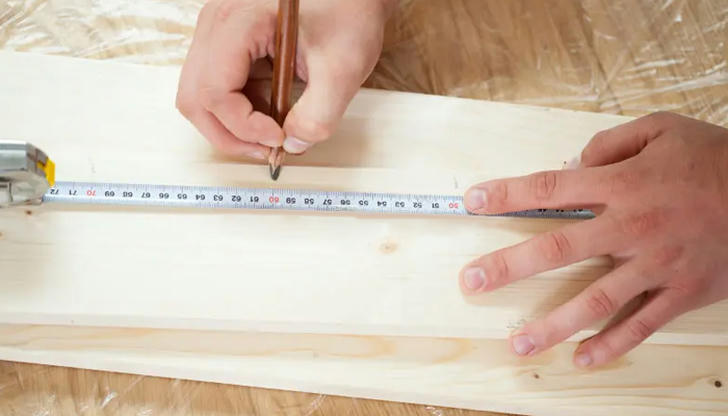
The size of your deck is a major factor. Essentially, a larger deck means more surface area to cover, and this directly impacts both the amount of staining materials needed and the labor required for the job. And if your deck boasts intricate features like railings, steps, or built-in elements, these demand meticulous attention and can prolong the labor process.
You can get a rough estimate of the cost by measuring your deck's dimensions. When you're getting a quote from a professional, make sure to inquire about the cost per square foot.
Deck Condition:
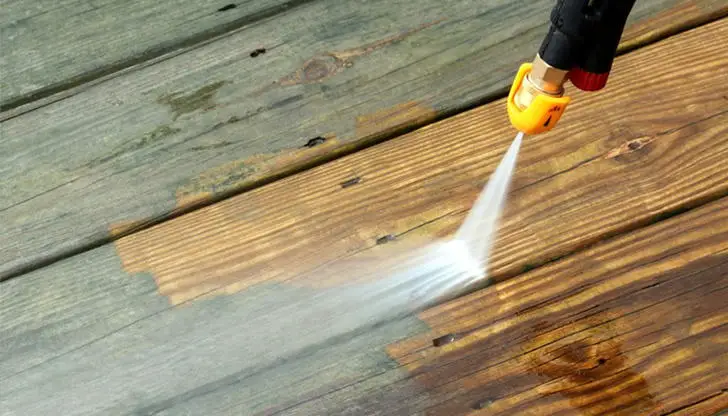
The current condition of your deck plays a role. Picture it like a canvas – before you can apply new paint, you need a smooth, clean surface. Similarly, a deck that requires extensive cleaning, repairs, or prep work demands extra effort and resources, which directly influences the overall cost.
If your deck needs extensive cleaning, repairs, or prep work before staining, it can affect the total cost.
Staining Product:
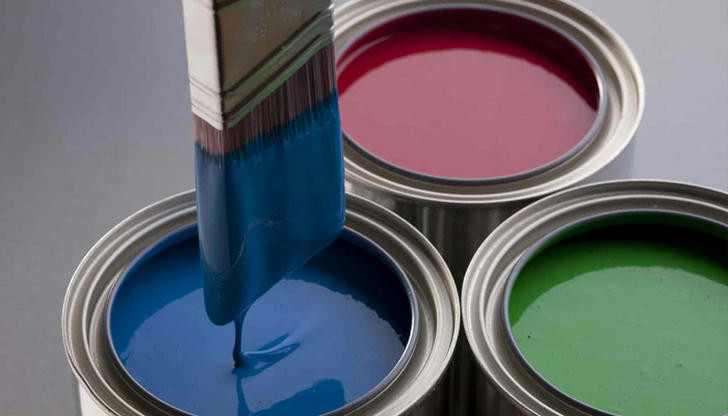
The type and quality of staining product you choose influence the cost. High-quality stains typically come at a higher price but offer better protection and longevity.
Water-based stains tend to be more affordable and dry faster, while oil-based stains often come with a higher price point but can provide deeper penetration and longer-lasting protection. Additionally, there are transparent, semi-transparent, and solid stains, each offering different levels of coverage and visual effects.
While higher-quality stains might mean a slightly higher initial investment, they often pay off in the long run by extending the life of your deck and reducing the need for frequent maintenance.
Labor Costs:

Hiring professionals to stain your deck will add to the cost. Labor expenses depend on the complexity of the job, and the time required, and local labor rates.
Deck Accessibility
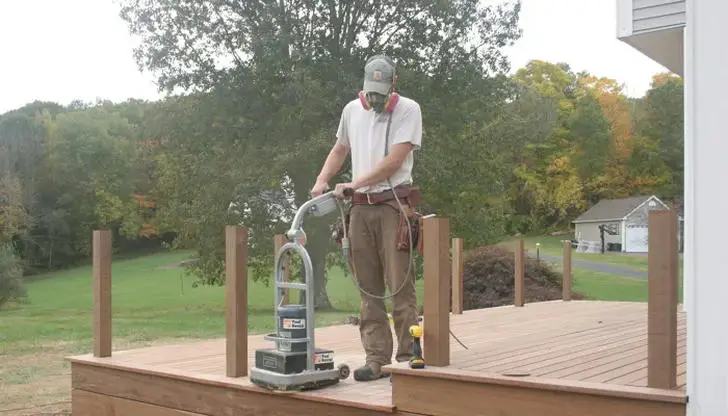
The ease of access to your deck can affect labor costs. Decks located on higher levels or in challenging-to-reach areas might incur higher labor charges.
Additional Services:
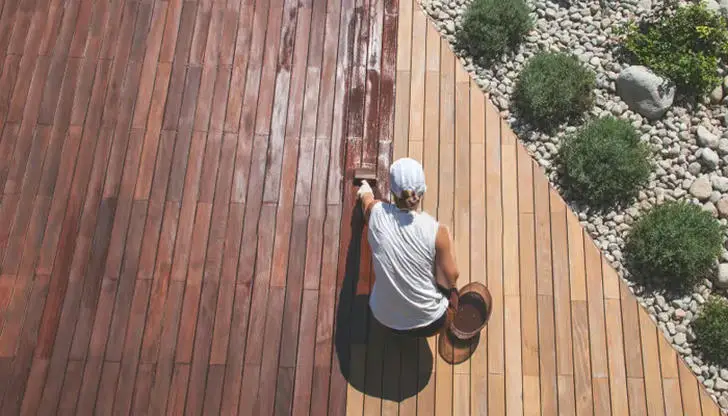
Some staining projects might involve additional services like power washing, sanding, or sealing, which can increase the overall cost.
Just like choosing the deluxe package for your car includes perks beyond the basic cleaning, opting for additional deck services enhances the final result. While they do contribute to the cost, they also contribute to the longevity and beauty of your stained deck.
Average Cost Range:
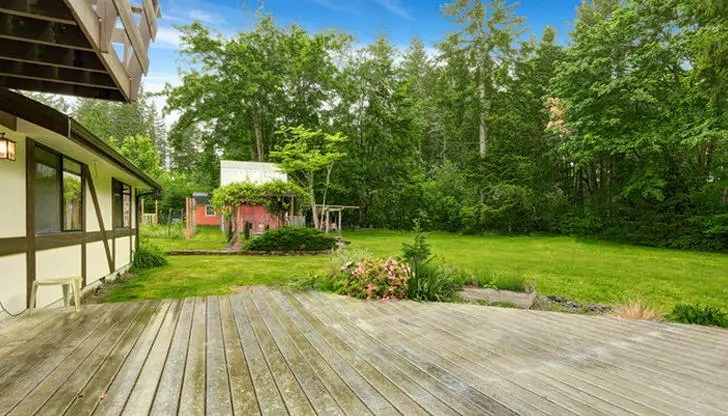
On average, deck staining costs can range from $2 to $5 per square foot. For a standard 300-square-foot deck, you might expect to pay anywhere from $600 to $1500. Let's dive into the nitty-gritty of what influences the price, using a straightforward yet comprehensive approach that homeowners can easily grasp:
Deck Size and Surface Area:
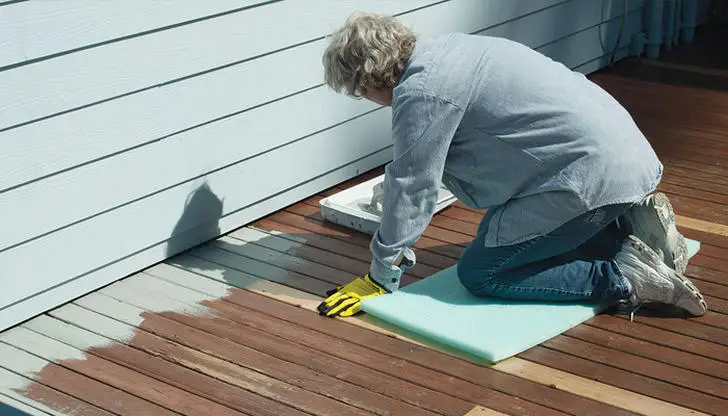
To put it simply, The larger your deck, the more staining materials and time are needed. A 100-square-foot deck might cost around $300 to $500 to stain, while a 500-square-foot deck could range from $1,500 to $2,500 for staining.
Pre-Staining Prep and Repairs:
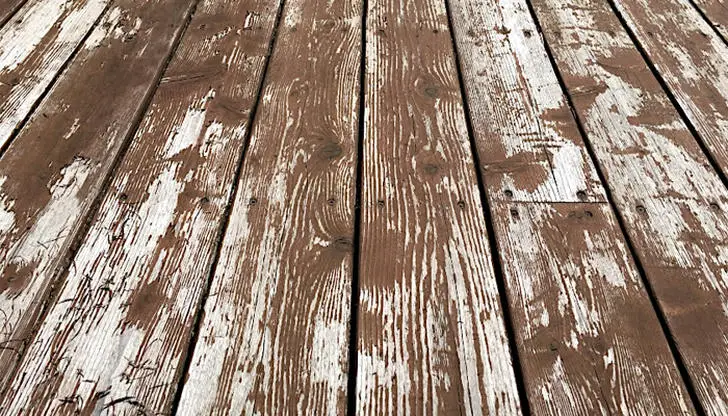
If your deck requires extensive prep work, like power washing, sanding, or minor repairs, the price can go up. Plan for an additional $100 to $300 for prep on an average-sized deck.
Stain Quality and Type:

Stain choices vary, impacting both quality and cost. According to HomeAdvisor, the cost of stains can vary significantly, spanning from $20 to $120 per gallon. Opting for a premium stain can increase the cost by $100 to $200 for a 200-square-foot deck.
Although the initial investment for high-quality stains might be slightly higher, it's worth noting that they tend to be more resilient and have a longer lifespan.
Labor Complexity and Time:
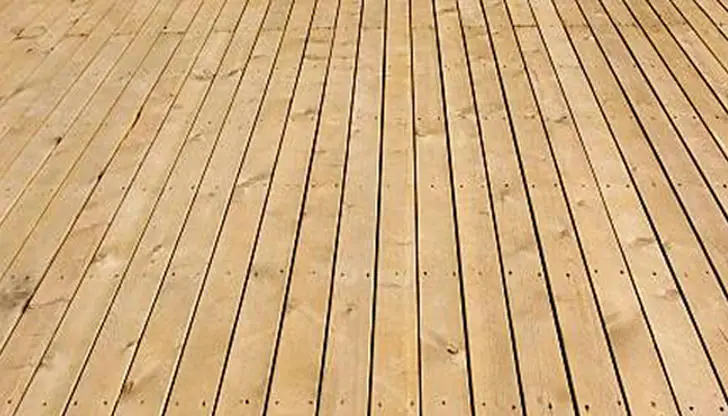
Labor costs vary based on the intricacy of the job. For a more straightforward staining project, expect a lower labor cost. If your deck has intricate designs or requires special attention, labor costs could increase. This factor can contribute an additional $100 to $200 to the total cost.
Deck Condition and Age:
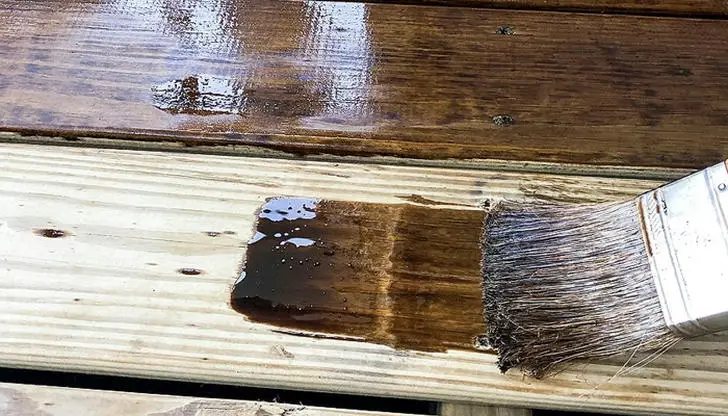
Older decks might require more prep and repairs, which can increase the overall cost. For a deck that needs extra care, budget an additional $150 to $300.
Additional Services and Features:

If you're considering extras like sealing, which provides extra protection, or a two-tone stain design, these can increase costs. Plan for an additional $50 to $150 for each extra service.
Geographical Location:
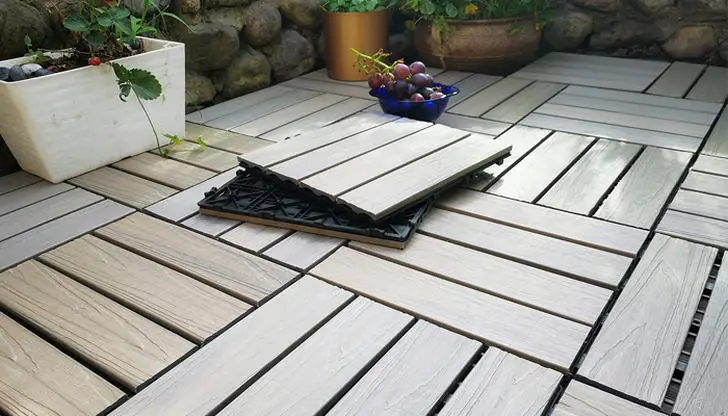
Where you live affects labor rates and material costs. In areas with a higher cost of living, expect slightly higher prices. Location can influence costs by $50 to $100 or more.
Keep in mind that these figures are estimates and can vary based on the factors mentioned above.
DIY vs. Professional Staining:
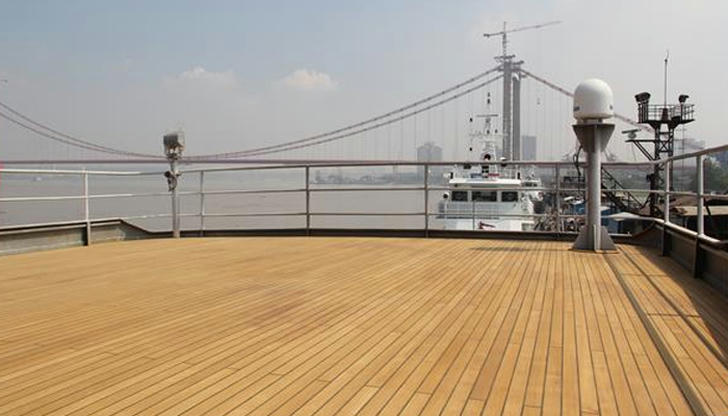
While some homeowners opt for a DIY approach to save money, professional staining offers expertise, efficiency, and high-quality results. Professionals have the tools and experience to ensure even application, proper preparation, and lasting protection.
Conclusion:
Deck staining cost varies depending on multiple factors such as deck size, condition, staining product, labor, accessibility, and additional services. While the average cost range provides a general idea, it's essential to obtain quotes from reputable contractors for a more accurate estimate. Ultimately, investing in deck staining enhances both the aesthetic appeal and longevity of your outdoor living space.



